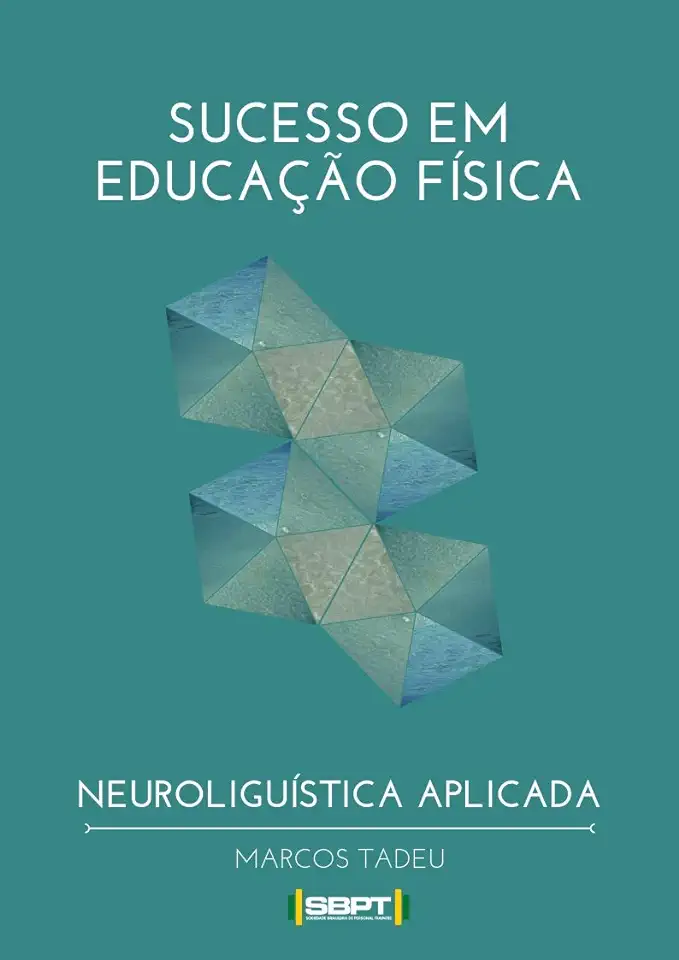
Success in Applied Neurolinguistic Physical Education - Marcos Tadeu
Success in Applied Neurolinguistic Physical Education
By Marcos Tadeu
Introduction
In "Success in Applied Neurolinguistic Physical Education," renowned expert Marcos Tadeu presents a groundbreaking approach to physical education that combines the principles of neurolinguistics and physical activity. This comprehensive guide offers a wealth of practical strategies and techniques to enhance learning, improve performance, and foster a positive learning environment for students of all ages and abilities.
Key Concepts
At the heart of Tadeu's approach lies the concept of neurolinguistic programming (NLP), a powerful communication model that explores the connection between language, thought, and behavior. By understanding how language influences our thoughts and actions, educators can effectively communicate with students, motivate them to reach their full potential, and create a supportive learning environment.
Practical Applications
Tadeu provides a step-by-step guide to implementing NLP techniques in physical education settings. He offers specific strategies for using language to:
- Motivate students: Use positive and empowering language to inspire students and build their self-confidence.
- Enhance learning: Structure lessons using language patterns that align with the way the brain processes information, making it easier for students to learn and retain new skills.
- Improve performance: Use NLP techniques to help students overcome mental barriers, enhance focus and concentration, and develop a growth mindset.
- Foster a positive learning environment: Create a supportive and inclusive environment where students feel safe to take risks, learn from their mistakes, and collaborate with others.
Benefits of Applied Neurolinguistic Physical Education
Tadeu's approach to physical education offers numerous benefits for students, including:
- Improved learning: Students learn more effectively and retain information better when language is used in a way that aligns with their natural learning processes.
- Enhanced performance: NLP techniques help students overcome mental barriers, improve focus and concentration, and develop a growth mindset, leading to improved athletic performance.
- Positive attitude: Students develop a positive attitude towards physical activity and a greater appreciation for the benefits of exercise.
- Social development: NLP techniques promote communication and collaboration among students, fostering a sense of community and belonging.
Conclusion
"Success in Applied Neurolinguistic Physical Education" is an essential resource for physical educators, coaches, and anyone interested in enhancing learning and performance through the power of language. Tadeu's comprehensive guide provides a wealth of practical strategies and techniques that can be easily integrated into any physical education program. By combining the principles of neurolinguistics and physical activity, educators can create a dynamic and engaging learning environment that empowers students to reach their full potential.